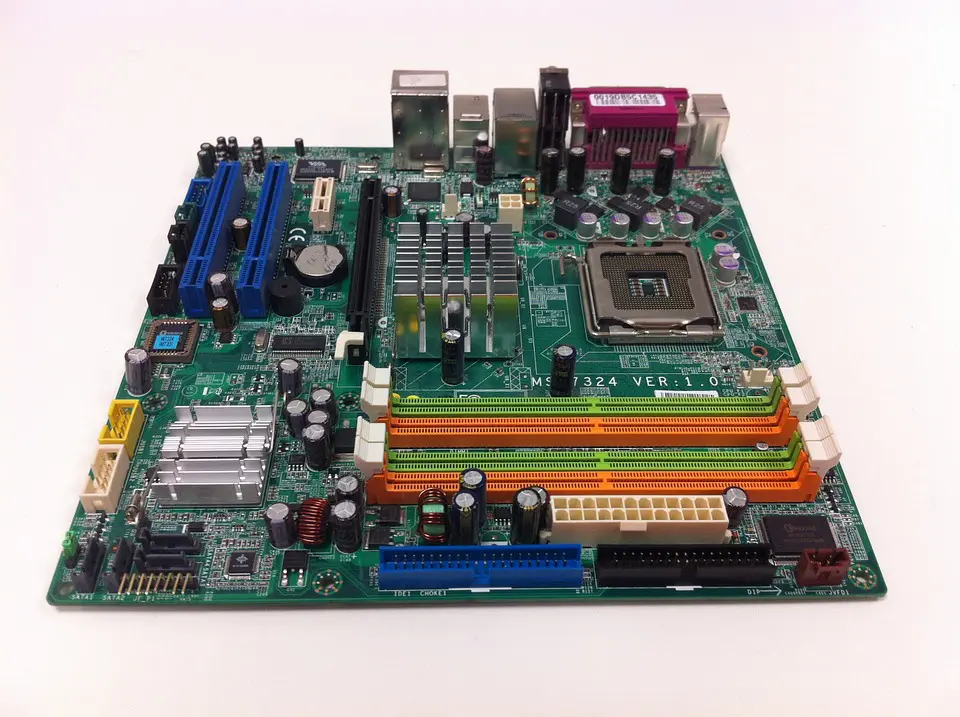A printed circuit board, or PCB, is used in many instruments and devices. PCBs power cameras, smartphones, computers, gaming devices, alarm clocks, refrigerators, and more.

(Pixabay / Faxe-Art)
Generally, printed circuit boards are affordable, which is why we can get amazing electronics devices for fair prices. However, PCBs are not immune to the ups and downs of the marketplace. Certain climates and factors can drive up their cost.
People who are not familiar with the printed circuit board industry are often confused about the pricing of the boards. Here’s a look at the factors that play into PCB costs:
Board dimensions
The bigger the board is, the more materials it will use, and the more costly it will be (as a general rule).
Order quantity
The more PCBs you order, the lower the per-board production cost will be. This is because a bigger order will allow the manufacturer to achieve higher manufacturing efficiency.
Layers
PCBs can have one layer or many. Most PCBs are either single or double-sided and will cost about the same either way. However, when you start venturing into many layers, you’ll see this reflected in the price. An eight-layer PCB, for example, may be just what you need, but it could cost you a pretty penny. And note that it’s quite a bit cheaper to jump from two to four layers than it is to go from six to eight. Prices may increase exponentially at higher levels.
Hole sizes and quantities
The manufacturer’s job gets harder when you require them to drill very small holes or a lot of holes. This will drive up your price.
Spacing
Electronic devices are becoming smaller each day. This is made possible because the spaces between the copper features on a board can be made smaller. However, boards with smaller spaces between traces are harder to make and more costly to buy.
Ordering timetable
If you need your order in a hurry, you can place a rush order, but you’ll pay to get things quickly. Careful planning on your part can often eliminate the need to fund rush jobs.
Raw materials
PCBs depend on raw materials, including copper, lead, gold, nickel, and more. The price of raw materials for PCBs fluctuates. If the cost of copper is high at the time of your order, for example, you can expect to see that cost passed on to you. If you need your materials to be thick, or you need more expensive raw materials for your board, these things will be reflected in your final price.
If you are dealing with a professional and reputable electronics manufacturing company, you can usually negotiate a deal that is fair to both parties. Plan ahead so you can order in bulk whenever possible, and make sure to give adequate lead time so that you are not paying for rush jobs. Depending on the specifications of your jobs, you may have to pay more at times, but if you plan carefully, at least you won’t be paying for lack of foresight on your end.
